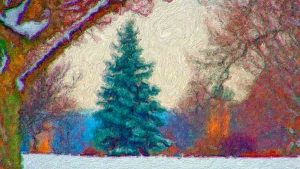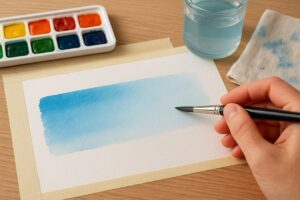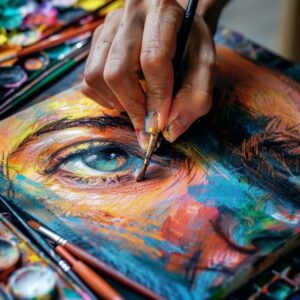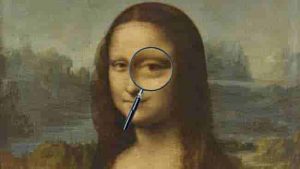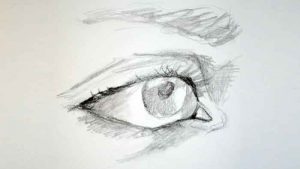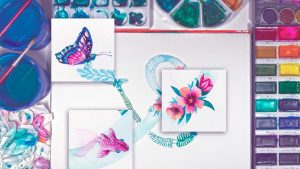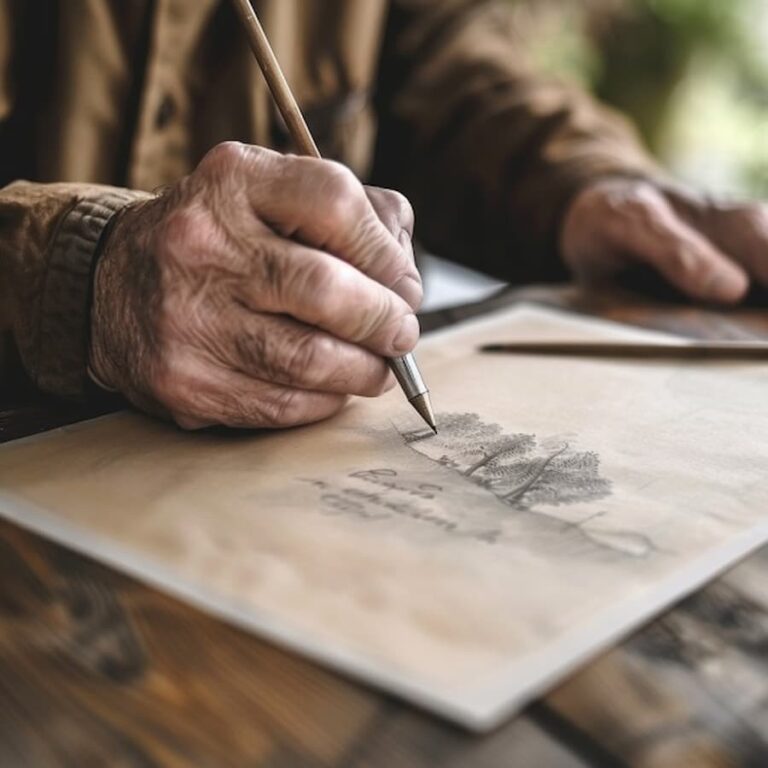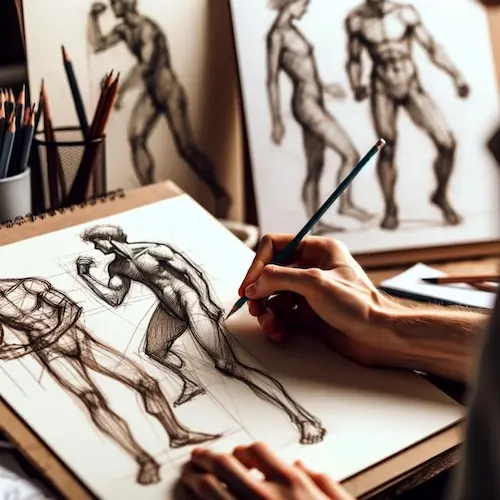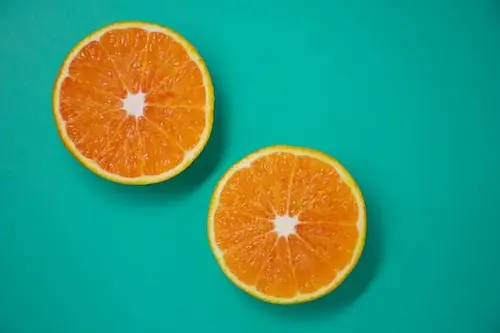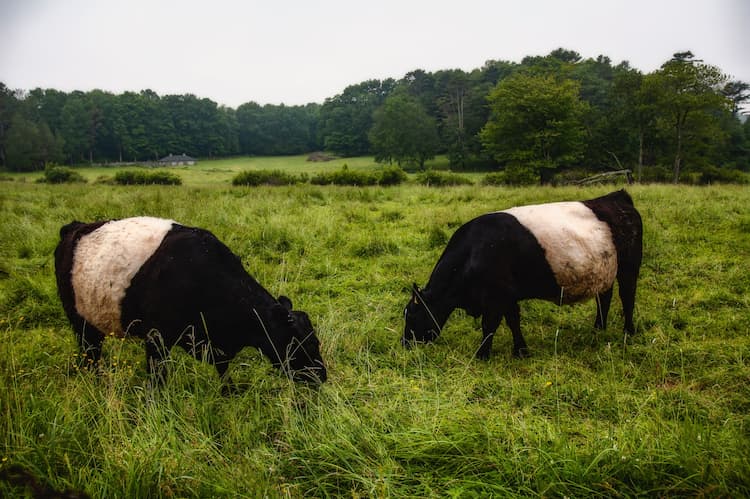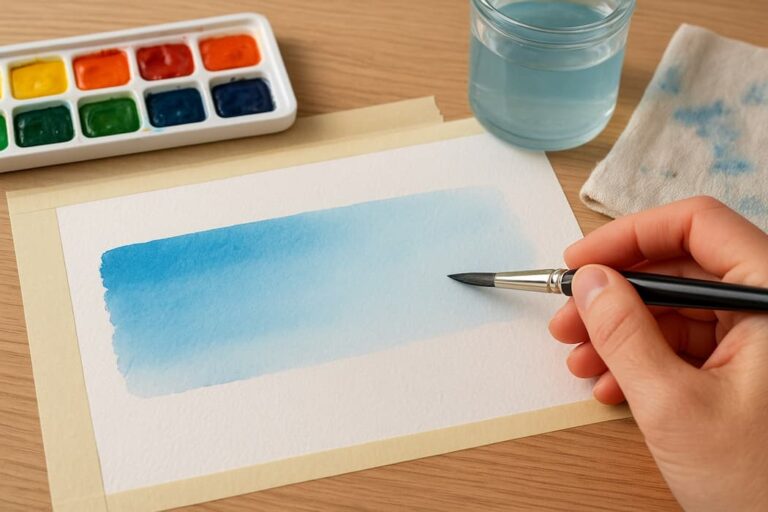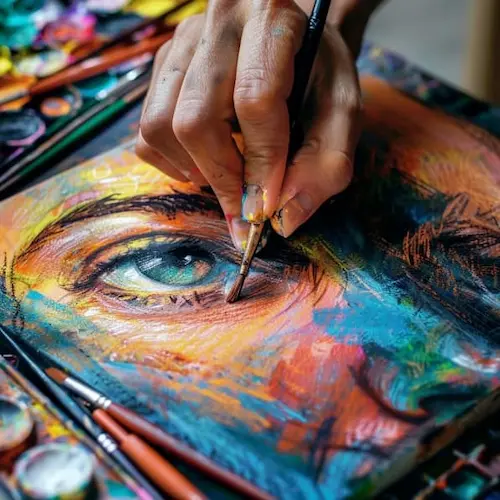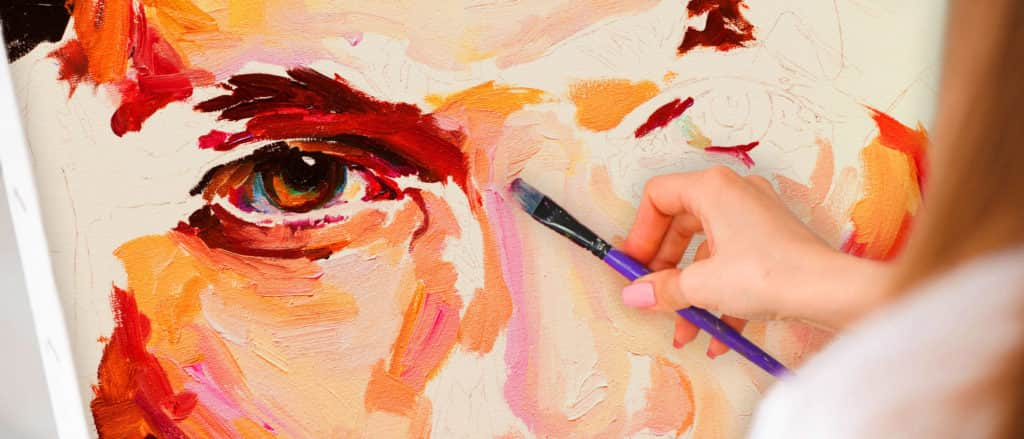Hello, Artenauta! Continuing with our journey through Color Theory and the different mixtures to achieve the tones we want to work with, today we are going to tell you how to make the color blue.
Curiosities about the color blue
- It is the most chosen ” favorite ” color.
- Blue is the color of the sea, of the sky… It represents peace, mental and emotional stability, calmness, tranquility…
- The color blue is related to reason, that is why it is the color of science.
- Because of its soothing effect and relationship to caring for others and trust, it is widely used, along with white, in medical centers and hospitals.
- The word “blue” has Arabic origin, more specifically from “lazawárd”, whose meaning is lapis lazuli (blue-colored mineral).
- Where does the expression “blue-blooded” come from to denote royalty? It is believed that, as their skin was very light, because they avoided direct contact with the sun and were not forced to work outdoors, the (blue) veins were much more visible than in the case of peasants, for example.
How to make the color blue
Neutral blue is a primary color, just like yellow and magenta; this means that we cannot obtain it by mixing other shades.
Having said this, we must bear in mind that, although we cannot obtain a neutral blue by mixing other colors, we can obtain different shades of blue. The bluish range is very wide; this is due to the large number of mixtures that can be made between the different shades.
Depending on their tendency, the result will be cooler (if it tends to green) or warmer (if it tends to magenta), giving rise to shades such as ultramarine blue, aquamarine blue, greenish blue, lavender…
There are many shades of blue that you can find in the market, without the need to get them through mixing. Painters, when using oils, very often use Prussian blue, phthalo blue, cobalt blue (which is the neutral blue) and ultramarine blue.
For further learning, we recommend:
As always, we recommend that you work experimenting until you get the result you want, but always with small amounts of paint, thus avoiding wasting it if we do not get the desired results the first time.
Understanding and assimilating the Theory of Color is of vital importance in order to work with paint and obtain the desired results, avoiding unnecessary waste of pigments and achieving much more vibrant and realistic finishes.
To learn how to handle color, as well as all the techniques and materials you need to know to paint like a real professional, we recommend you to visit our
Painting Courses
where we teach you all the concepts, techniques and materials for you to become a true artist, finding and developing your own style and getting as far as you want to go.


